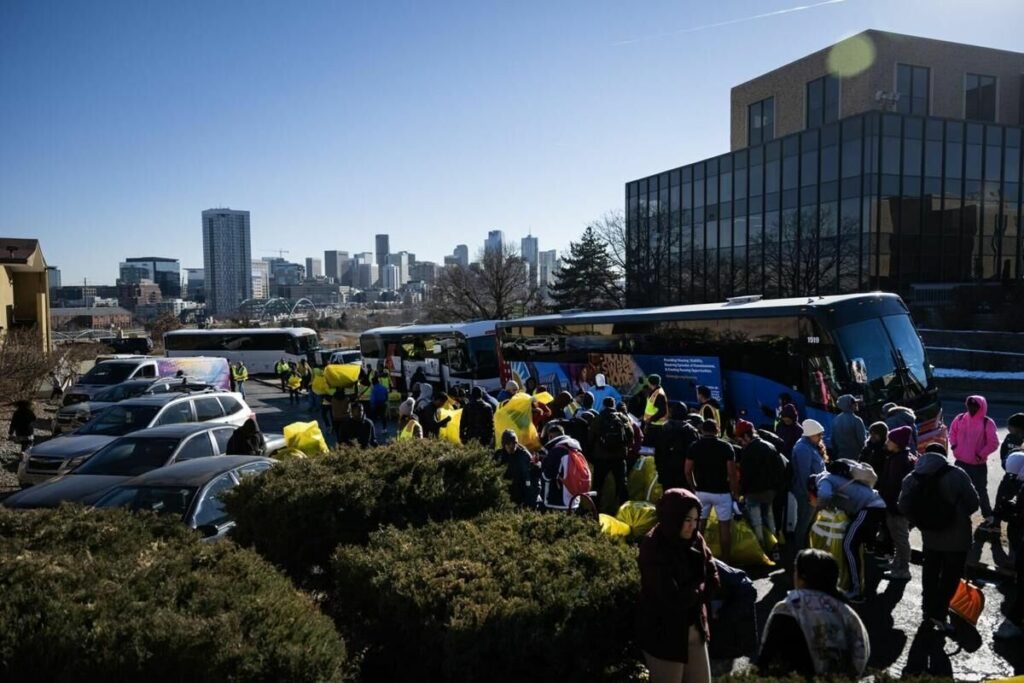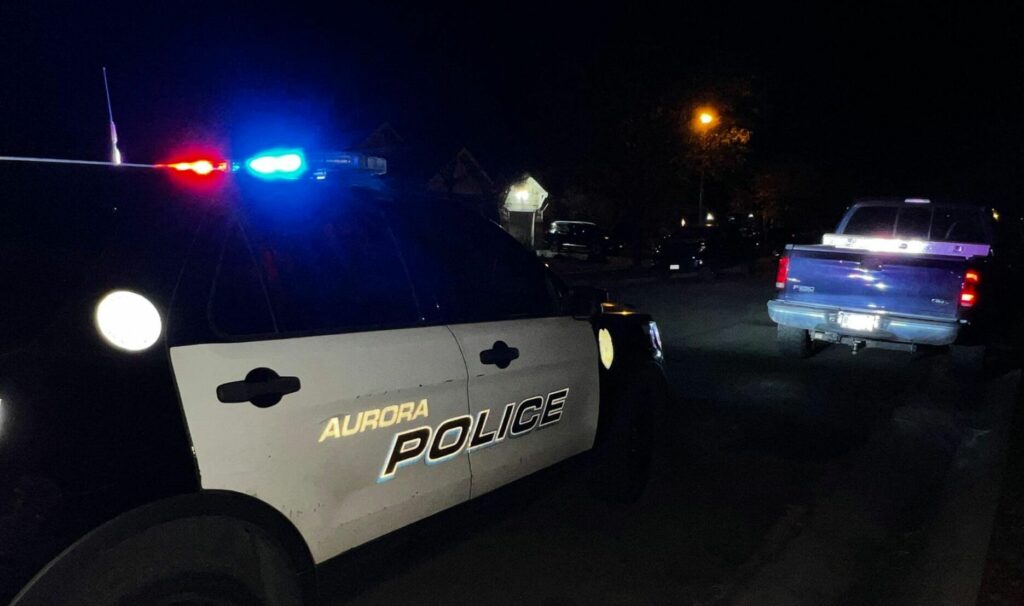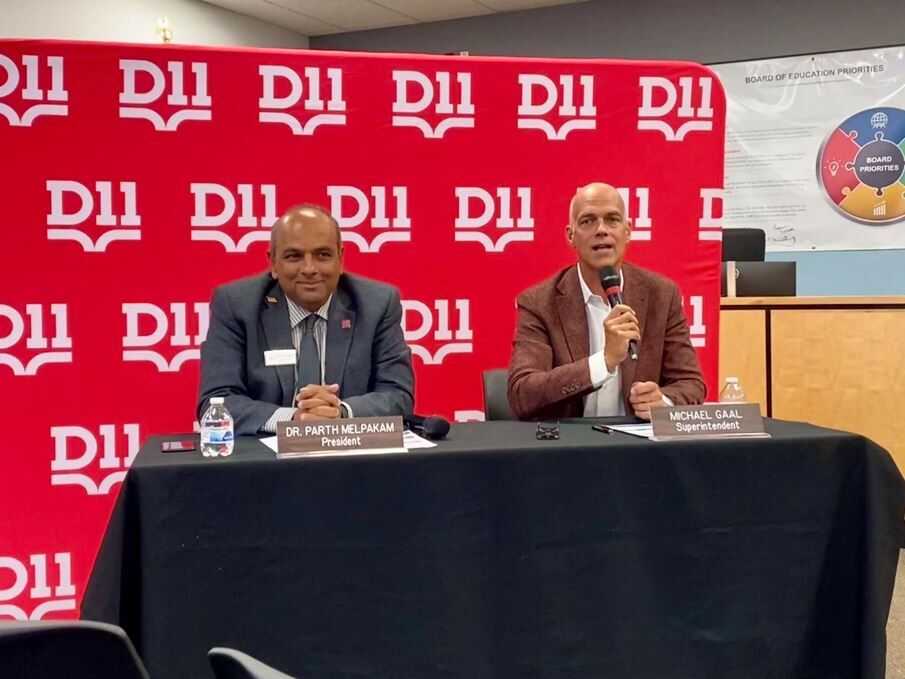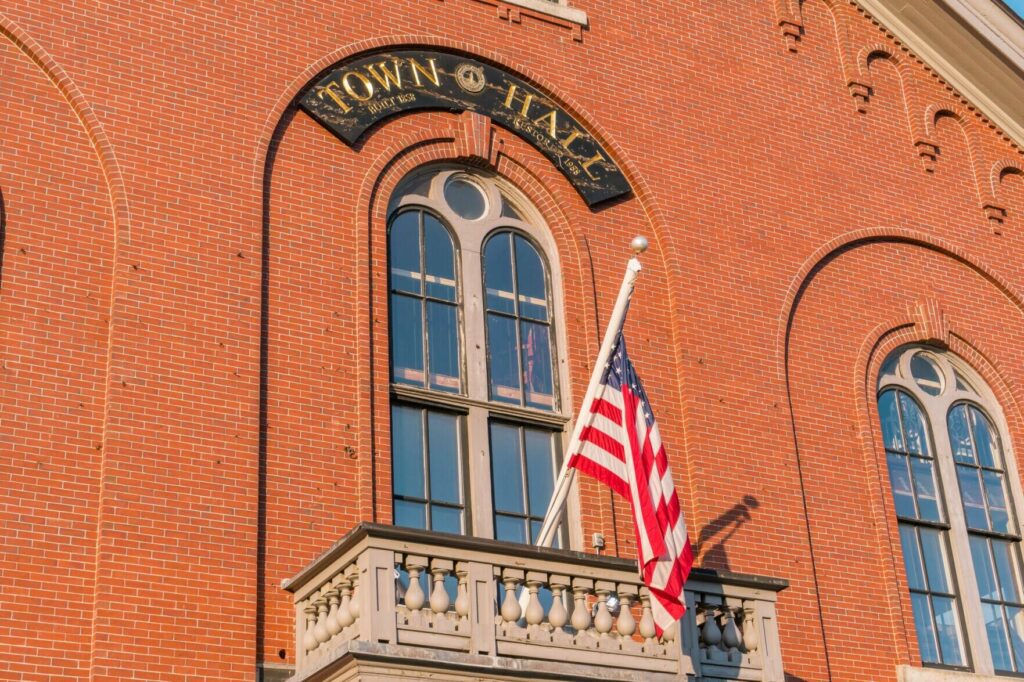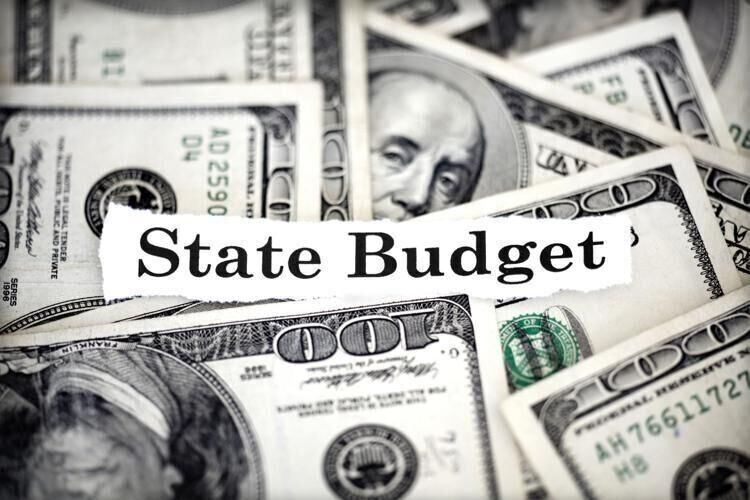Throwing money at Colorado’s K-12 | Denver Gazette

If only Colorado could spend its way to higher student achievement. Our schoolchildren would be in a much better place.
And yet, even as K-12 funding has been on the rise amid declining enrollment statewide – meaning even more dollars per pupil – student performance hasn’t responded in kind.
That was the upshot of data released this week by Colorado’s Common Sense Institute, reaffirming the truism that you don’t always get what you pay for. It helps make the case for changing course on school spending – unless, that is, the objective of ramping up funding in recent years wasn’t to boost measurable student achievement but simply to grow the public education bureaucracy.
Gazette readers will be learning more about the latest findings from the institute’s annual Dollars and Data study in coming days, but a quick take on the findings should give pause to education policy makers.
According to the study, overall public education revenue from all sources has climbed 9.6% in Colorado since 2020. Education expenditures totaled $16.01 billion in 2022, an increase of $705 million – 5% – just from 2021. It also represents an increase of $4.15 billion (35%) from 2017.
At the same time, student enrollment has been declining in many of the state’s school districts. The forecast is for more of the same for the foreseeable future.
In 2022-23, as the study points out, Colorado public school enrollment was almost 30,000 students below its 2020 peak, a drop of 3.1%. Statewide K-12 enrollment dropped by 5,004 students just between 2021-22 and 2022-23 alone.
The study’s author observes that a 22,000-student drop in 2020-21 slowed in 2022 to a decrease of 1,174 students. But the overall decline amounts to a stark turnabout from prior years, when K-12 enrollment had grown every year since 2012.
Stay up to speed: Sign-up for daily opinion in your inbox Monday-Friday
Alongside both of those trends, the study pinpoints another noteworthy development, what the institute calls, “a shift in school staffing strategies.”
“Teacher and administrative head counts grew at similar rates as student growth, while non-teacher instruction and support staff head counts grew at more than twice the student growth rate,” the institute noted in a press statement released with the report.
The clincher, according to the institute: “Student outcomes have not kept pace with spending.”
Indeed, as we observed here in August with the state’s release of the annual Colorado Measures of Academic Success, or CMAS, achievement test scores – student performance continues to lag that of the last full academic year before schools were shuttered amid COVID. The number of fourth and eighth graders who can read and write at or above grade level is still 4 percentage points lower than the number who could do so in 2019.
Are Colorado parents and the rest of the state’s taxpaying public getting their money’s worth? And how much more money will some of the usual voices in the public education lobby demand before acknowledging we first may need to rethink how the state is spending the considerable money it already devotes to public ed?
One hint at an answer may lie in the staffing shift Common Sense alerts us to – an increase in other kinds of staff that outstrips growth in the number of classroom teachers.
How about establishing a legislative panel, or a gubernatorial commission, to undertake a sweeping reassessment of public education spending? Clearly, what we are doing isn’t working. Let’s find a way to invest education funding more wisely.
Denver Gazette Editorial Board




